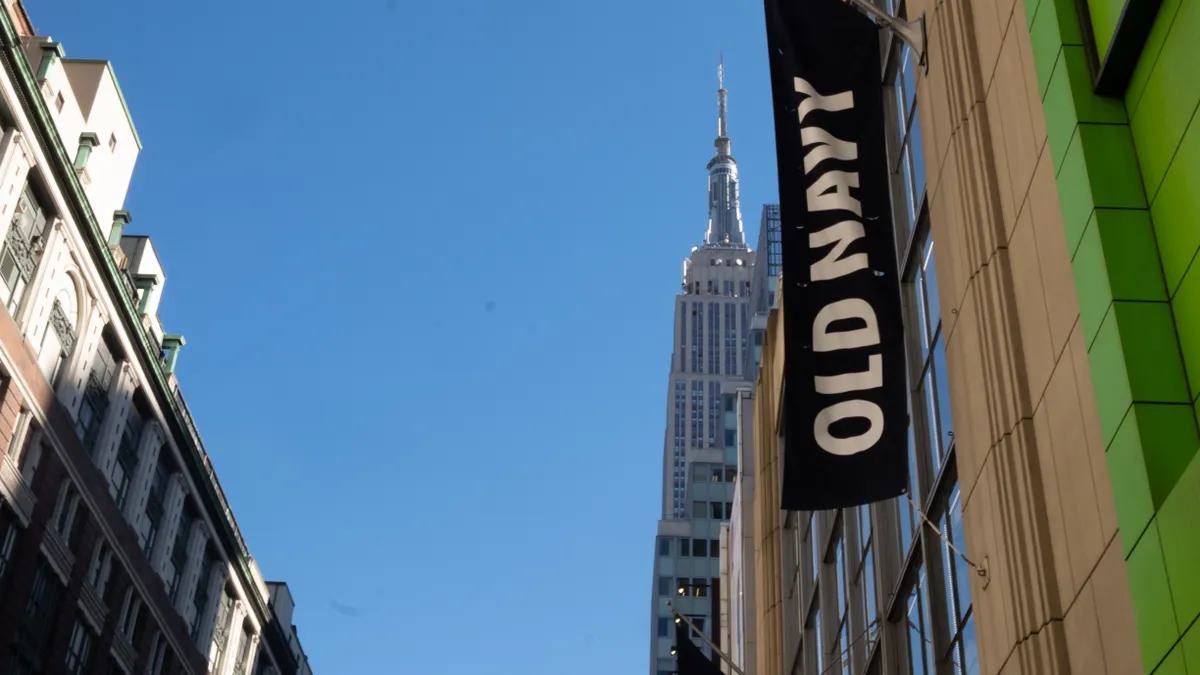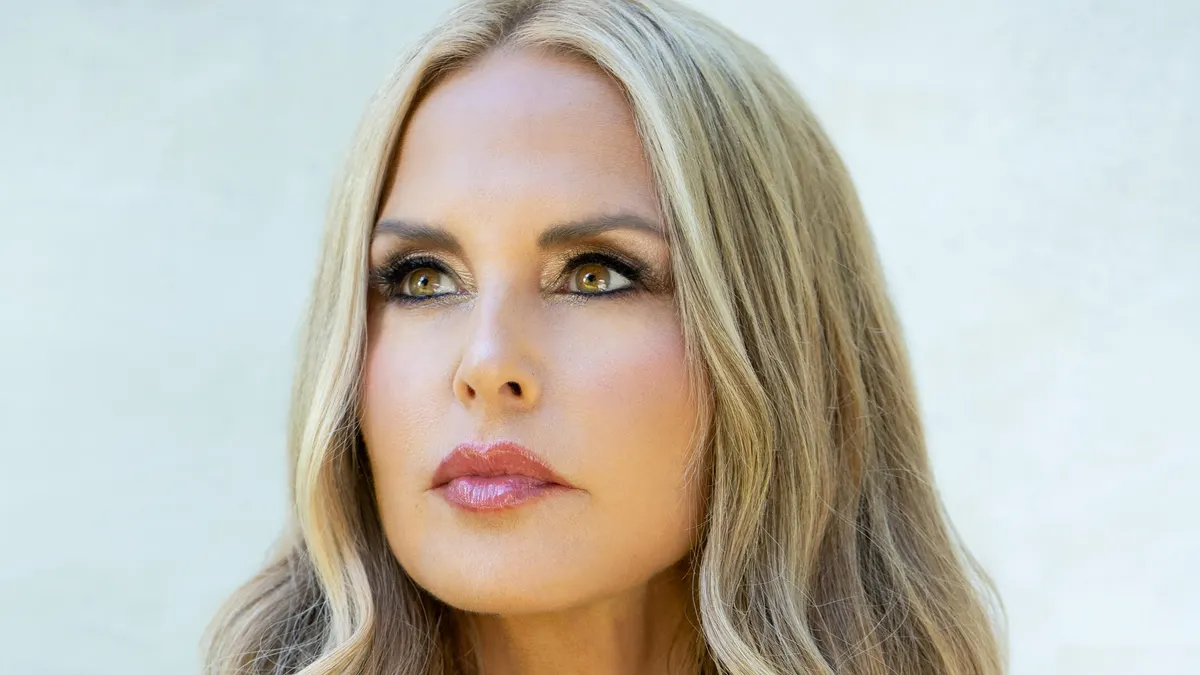Apparel sales growth was already on the decline when the pandemic took a sledgehammer to normal day-to-day life — and any reason to buy new clothes.
With signs that the outbreak is easing across the U.S., several clothing retailers and brands have cause to celebrate for a change, according to new research from Wells Fargo analysts led by Ike Boruchow.
"The retail recovery remains in full swing - with accelerating trends since mid-March, material [first quarter earnings] beats, and bullish outlooks from management teams across the space driving increased investor optimism," the analysts wrote in a May 4 client note.
Challenges remain
The sector hasn't reached easy street by any means.
For one thing, the pandemic relief that has lifted so many retail companies in the past several months is dwindling. For another, e-commerce, a notoriously difficult way to sell apparel thanks to the tendency to return items, exploded last year.
Among the 65 retailers tracked by Wells Fargo, online sales in categories like apparel flattened in recent weeks with stores and malls open and more people out and about. They found that online growth actually fell during April, probably because relief checks were running out and due to comparisons to what was an unusual 2020. But a portion of the shift will likely stick, according to several reports, including from Wells Fargo.
Perhaps because many people previously preferred to shop for clothing in person, the pandemic's boost in the sector was especially pronounced. Online sales soared 30% while the category overall declined 12%, Wells Fargo said. Before the pandemic, from 2012 to 2019, online sales of apparel and footwear in the U.S. rose about 250 basis points on average each year. Last year, during the pandemic, e-commerce in the space rose about 1,200 basis points, analysts said.
"We estimate that in 2020, 4-5 years of penetration growth was pulled forward into a single year," Boruchow wrote, adding, "While e-commerce growth will likely moderate from 2020 levels, we continue to see a path toward 50%+ penetration for the channel over the next several years."
That now makes web traffic data as or even more relevant to an apparel retailer's performance as physical store traffic, Boruchow also said.
The good news
There are now signs of the comeback for apparel that some observers predicted months ago.
Consumers are once again interested in style and receptive to fashion brands, according to Tom Ott, former chief merchant of Saks Off 5th and general merchandise manager for men's at Saks Fifth Avenue, and founder of retail consultancy Retail and Fashion Solutions.
"We're redefining what is fashionable, so it gives a new opportunity to stores or brands to shout out and tell people that you know what they should be wearing," he said by phone. "Where does that come from — experience and fashion sense. There's no textbook that you can pull off the shelf, it's kind of seeing things, feeling things and deciphering for the future."
That, plus signs of economic turnaround and promise of an end to the pandemic, may be propelling sales, especially at luxury brands and pure-play retailers. Last month, traffic to those websites rose nearly 60% while traffic for the overall category rose 20%, Wells Fargo found, using SimilarWeb data. During recent checks at physical stores, the analysts found "ongoing store traffic improvements that began 1-2 months ago (though we believe trends still remain well-below 2019 levels)."
"We believe the vaccine roll-out and the anticipation of a more normalized environment (people returning the office, in-person gatherings) coupled with a heathy consumer and macro-economic backdrop is driving the traffic," Boruchow said.
Many retailers tightened their grip on their inventory as the pandemic rattled both supply and demand, and that has meant fewer markdowns and better margins, according to Wells Fargo. Scrutinizing price cut activity at mall and off-mall stores and online, analysts found that more retailers have become less promotional, especially in the last two months. That's also the story for their partner brands.
"Similar to the retailers, the wholesale channel also appears extremely clean, as April has seen the largest declines in clearance SKUs [year to date]," Wells Fargo said. "Major decreases in clearance SKU count reflects healthy inventory levels, likely a result of the easy comparisons vs. last year when stores were closed and inventory could only be cleared through online channels."























